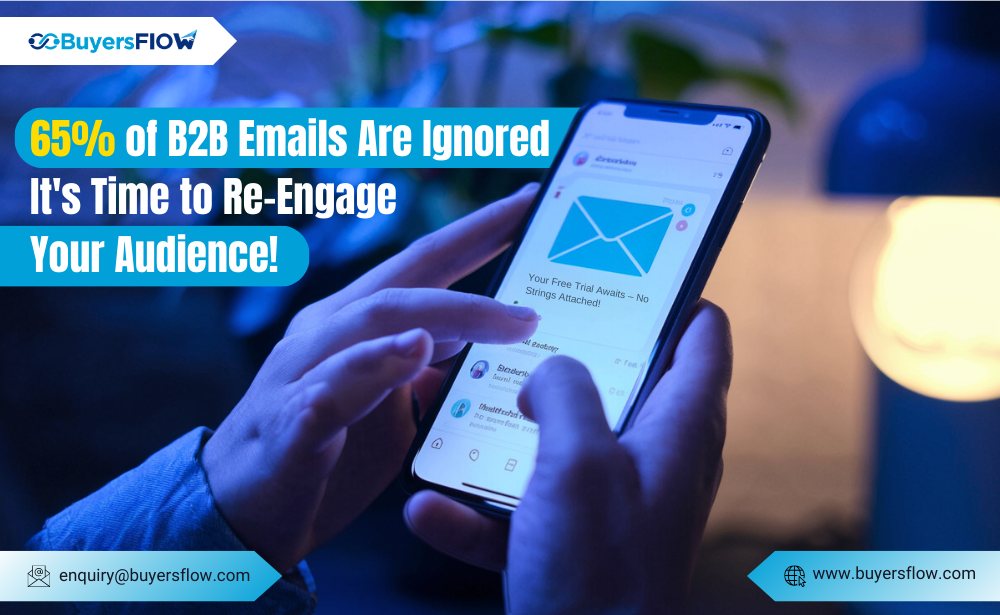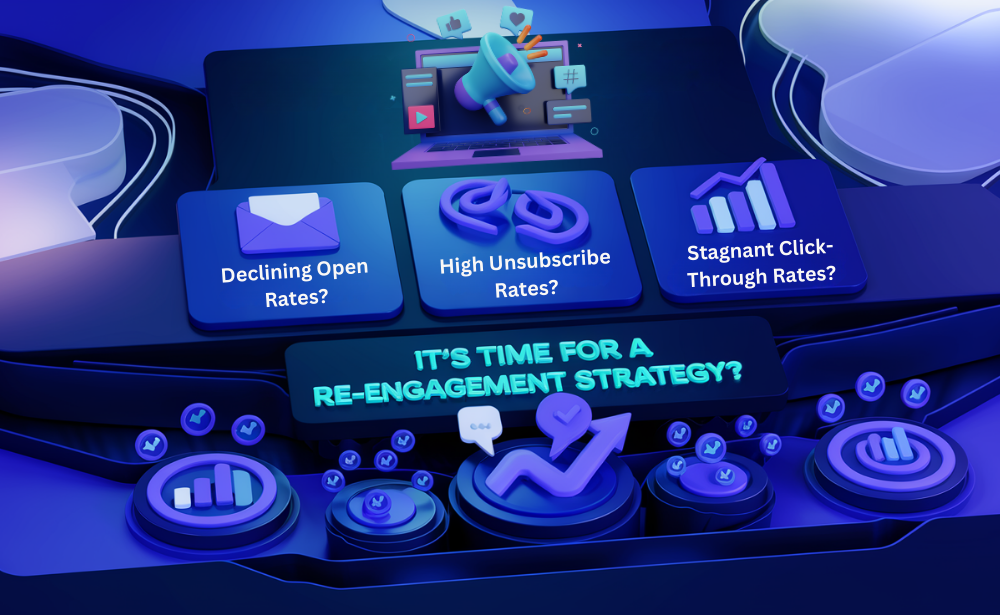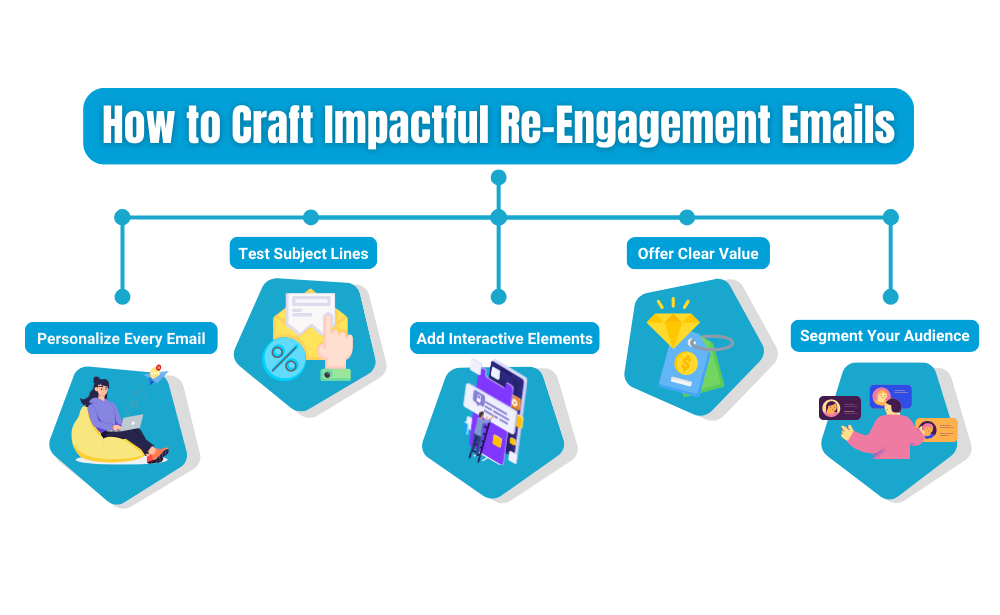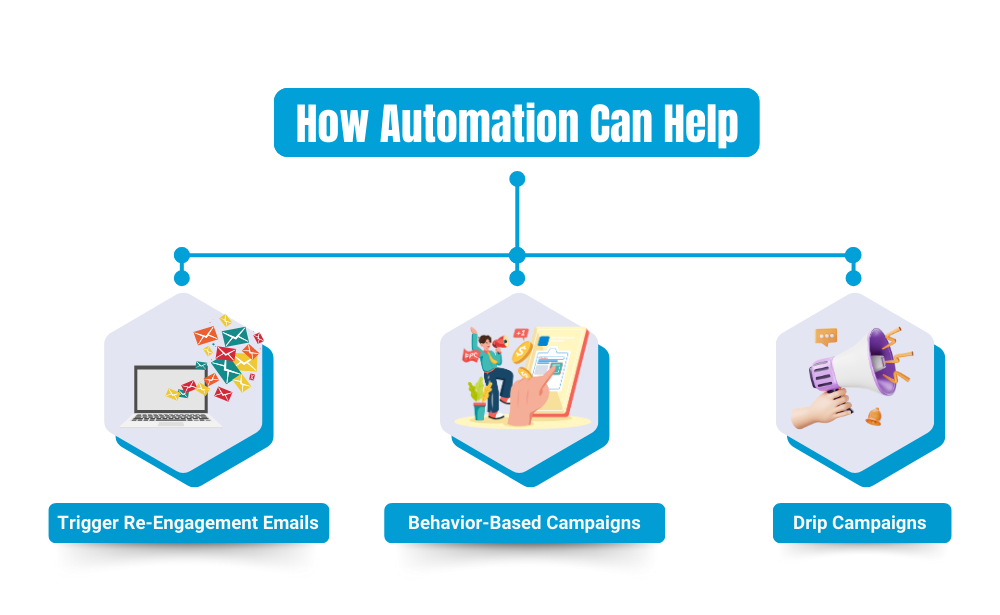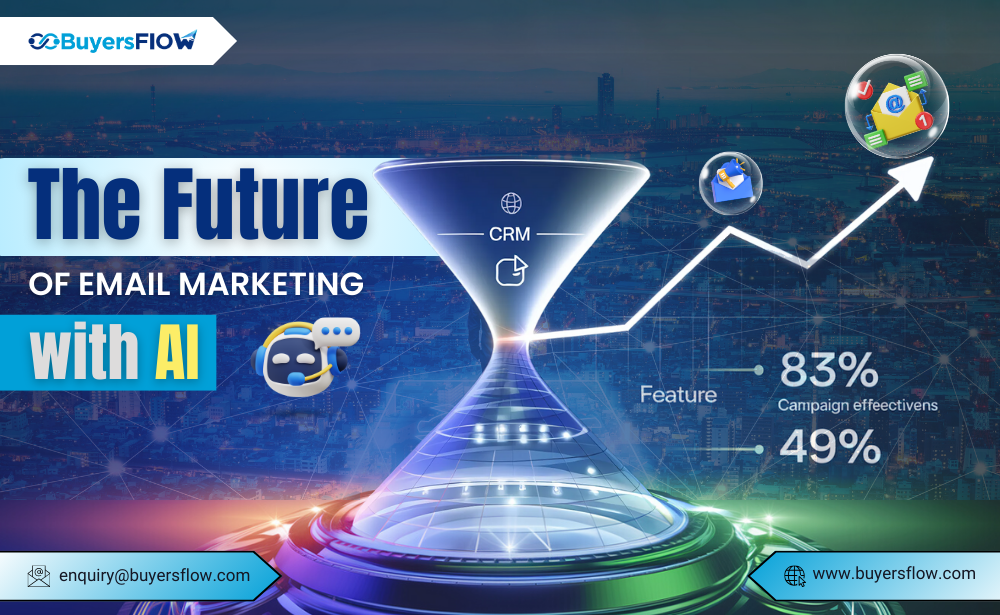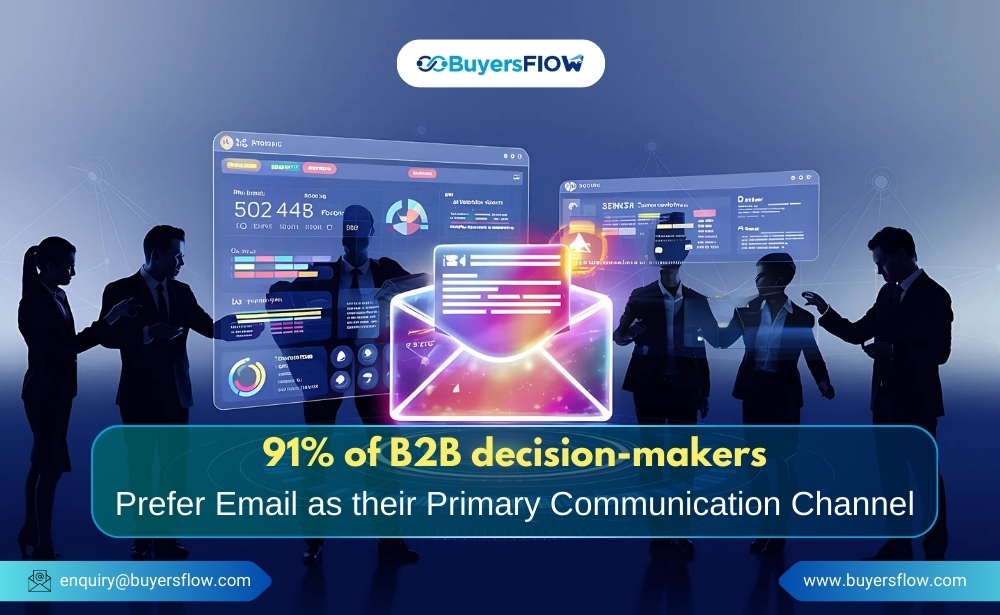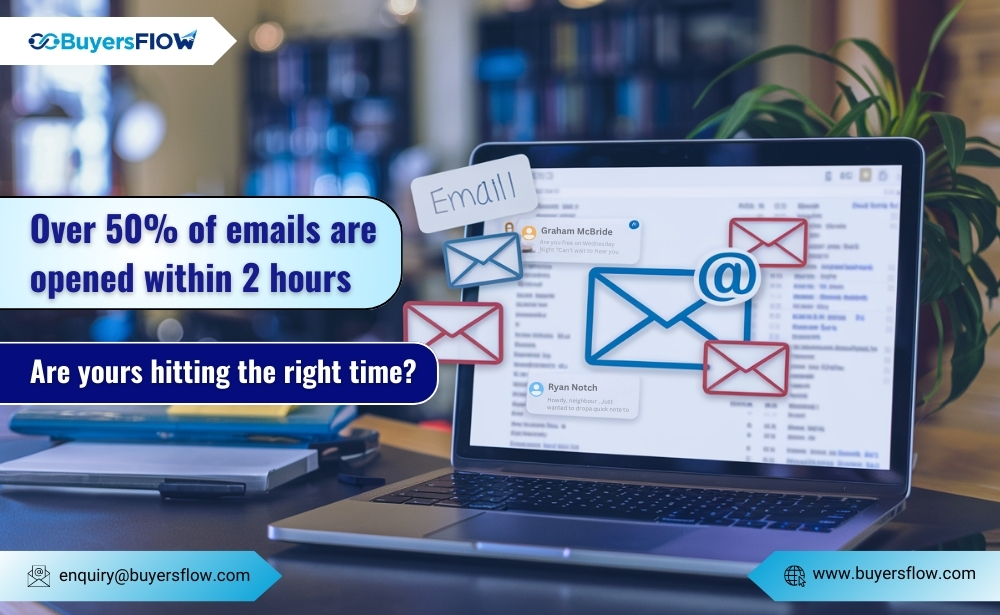Your email campaigns are live, and the subscriber list is growing, but something feels off—open rates are dropping, and click-throughs are stagnant. Sound familiar? For many B2B decision-makers, sustaining meaningful email engagement is a persistent challenge. The solution? A strategic approach to re-engagement emails that revives dormant subscribers and keeps them actively connected to your brand.
This blog will guide you through crafting an effective re-engagement strategy tailored to the B2B landscape.
Understanding the Importance of Email Engagement
In B2B communications, email remains a critical channel for nurturing relationships and driving conversions. Here’s why optimizing email engagement should be your priority:
- Build Trust: Regular, relevant emails establish credibility with decision-makers.
- Drive ROI: Studies show email marketing delivers an average ROI of $42 for every $1 spent.
- Reduce Churn: Engaging content helps retain subscribers, ensuring they don’t switch to competitors.
Without effective email engagement, even the most sophisticated campaigns risk fading into inbox oblivion.
Signs It’s Time for a Re-Engagement Strategy
Before implementing changes, it’s essential to identify when your campaign needs a refresh. Here are the telltale signs:
- Declining Open Rates: If your open rates fall below the industry average of 21%, your content may need reevaluation.
- High Unsubscribe Rates: A growing number of unsubscribes can signal irrelevant messaging.
- Stagnant Click-Through Rates (CTR): Low CTR indicates a lack of interest in your call to action.
A strategic re-engagement email campaign can address these issues, revitalizing connections with your audience.
Crafting Effective Re-Engagement Emails
A successful re-engagement email must do more than just land in the inbox—it needs to inspire action. Follow these steps for impactful messaging:
- Segment Your Audience
- Divide your email list into active and inactive users.
- Tailor content for specific subscriber needs.
- Personalize Every Email
- Use dynamic fields for names, company details, or recent interactions.
- Personalization increases click-through rates by up to 14%.
- Offer Clear Value
- Highlight a relevant case study, a free resource, or exclusive discounts.
- Focus on addressing specific pain points.
- Test Subject Lines
- Test subject lines for clarity, urgency, and curiosity.
- Example: “Still Interested? Here’s a Free Resource Just for You.”
- Add Interactive Elements
- Embed polls or surveys to re-engage users.
- Use videos or GIFs to create a more dynamic experience.
Data-Driven Tips to Optimize Email Engagement
To maximize the impact of your emails, leverage data and insights:
- Track Key Metrics
Use tools like BuyersFlow to monitor open rates, CTR, and conversions. - Send at Optimal Times
Data shows that Tuesdays and Thursdays yield the best open rates for B2B emails. - Keep Your Content Concise
Decision-makers often skim emails, so prioritize clarity over verbosity.
Integrating Re-Engagement Strategies with Automation
Automation tools streamline the process of reconnecting with dormant subscribers. Here’s how:
- Trigger Re-Engagement Emails: Automatically send reminders after 30 days of inactivity.
- Behavior-Based Campaigns: Deliver tailored content based on user actions (e.g., abandoned cart, webinar registration).
- Drip Campaigns: Gradually reintroduce inactive users to your offerings through a sequence of emails.
Conclusion
Building meaningful email engagement doesn’t end with hitting the send button. A proactive re-engagement strategy ensures your email list remains a valuable asset, driving conversions and fostering long-term relationships with decision-makers.
Want to take your email campaigns to the next level? Leverage BuyersFlow’s email automation and AI personalization to reconnect with your audience effectively. If you’re ready to unlock the full potential of email marketing, start by evaluating your current strategy with us today.
